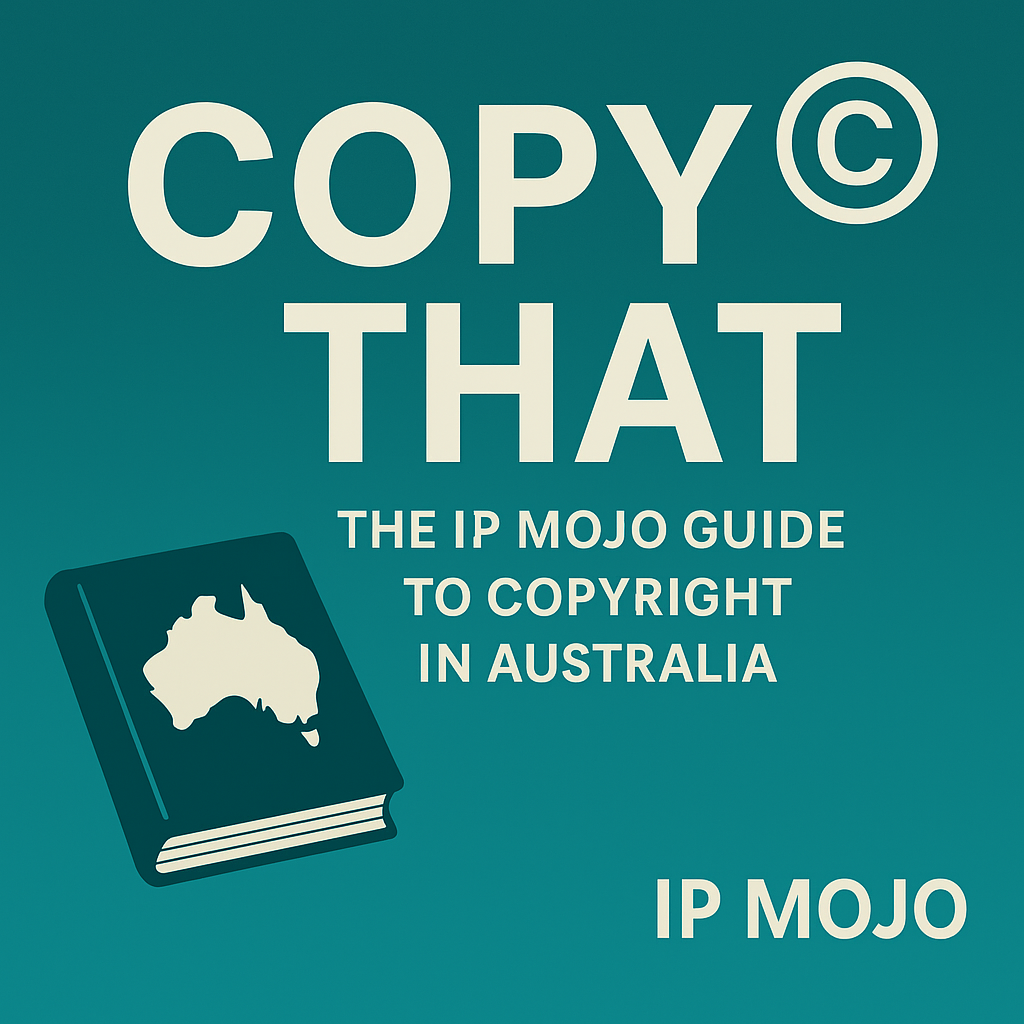 Part 1 – Copyright 101: What It Is and Why It Matters
Part 1 – Copyright 101: What It Is and Why It Matters
If you create, you already own more than you think.
Every day, Australians are producing things that copyright protects—often without even realising it. A marketing brochure. A wedding photograph. A hand-drawn logo. The source code for an app. The jingle that gets stuck in your head from your local café’s radio ad.
Copyright is the invisible shield that springs into existence the moment an original work is created. No forms to fill in, no fees to pay, no government stamp of approval required. In Australia, the protection is automatic.
So, what does copyright actually protect?
Quite a lot. The Copyright Act covers a wide range of works, including:
-
Literary works – from novels and poetry to software code and blog posts
-
Musical works – original music compositions
-
Dramatic works – plays, screenplays, choreography
-
Artistic works – paintings, photographs, drawings, architectural plans
-
Films – movies, short films, animations
-
Sound recordings – audio files, albums, podcasts
-
Broadcasts – radio and television transmissions
-
Published editions – the typographical layout of printed material
What it doesn’t protect is just as important: ideas, titles, names, slogans, methods, or styles. Those might fall into other areas of intellectual property, like trade marks, patents, or designs.
The rights you get as a copyright owner
As the owner, you have exclusive control over how your work is used. That means you can:
-
Reproduce it – make copies, whether physical or digital
-
Publish it – make it available for the first time
-
Communicate it – share it online, broadcast it, or stream it
-
Adapt it – turn your novel into a screenplay, or your photo series into a calendar
These rights are known as economic rights—and they’re the foundation for licensing deals, royalties, and other commercial uses.
How is copyright different from trade marks and patents?
Think of it this way:
-
Copyright protects the original expression of an idea (e.g. the book you wrote).
-
Trade marks protect your brand identity (e.g. the name and logo on the cover).
-
Patents protect new inventions or processes (e.g. a new kind of printing press).
-
Design rights protect the visual appearance of a product (e.g. the unique shape of your book’s slipcase).
Different tools, different jobs—but all part of the IP toolkit.
Why it matters
In a world where content is copied, reposted, and remixed in seconds, copyright is one of the most important protections a creator or business can have. It helps you:
-
Stop unauthorised copying or use
-
Control how your work is presented and distributed
-
Monetise your creativity through licensing and sales
-
Safeguard your competitive edge
The bottom line? If you create something original, copyright is already in your corner—you just need to know how to use it.
Next in our “Copy That” series:
Part 2 – Who Owns Copyright? Navigating the Rights Minefield
Because owning it isn’t always as simple as creating it.